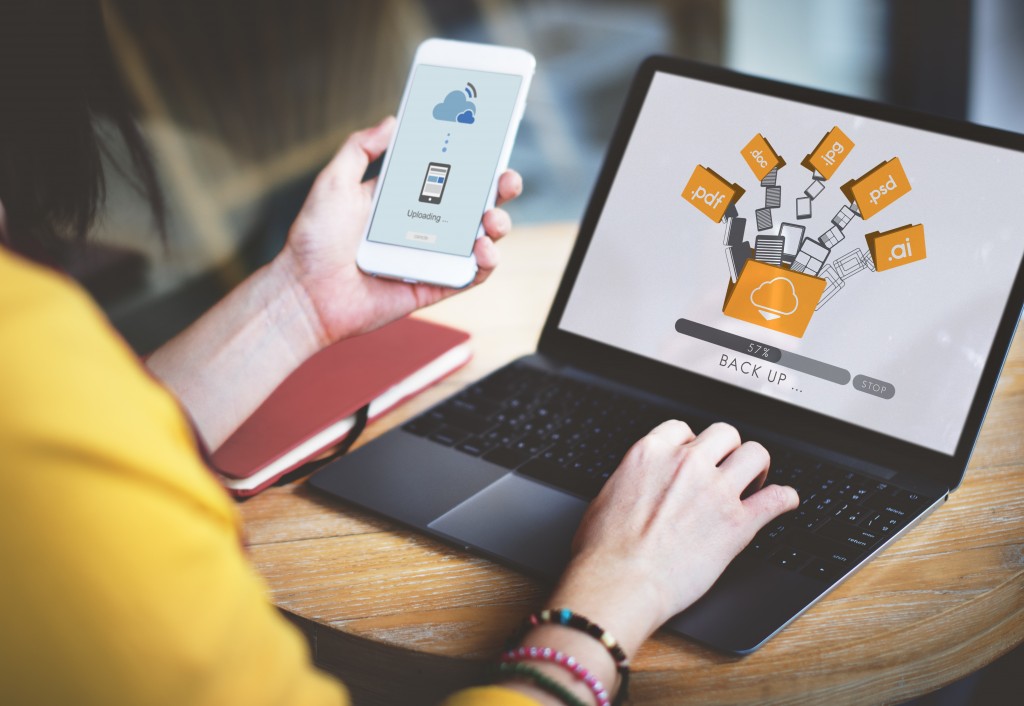How scared were you to open a package from the “outside world”? During the pandemic outbreak, people lived on deliveries. They had food, supplies, and other things delivered to their home. How did you make sure the packaging has no traces of the virus? Some cleaned the packaging with alcohol. Others went on to buy UV wands to “kill” the virus from the package. Then, there are groups of people who actually left non-perishable supplies outside their homes for three days to make sure that the virus will no longer be able to infect them inside the house.
Packaging played an even more important role in a post-Covid world. Under the new normal, people are going to be very aware and conscious of the way their food and supplies use packaging. And though there is no evidence that the coronavirus can pass through food and food packaging, people will continue to concern themselves with the mere possibility that this can happen.
In short, businesses have to rethink the ways they are using packaging. No longer is packing the food in plastic containers feasible. That was fine in a pre-pandemic world when people can dine in or take out food when they want. It’s different now. Food packaging is everything because Covid-19 took away the joy of dining out. Consumers lay their takeout food on their dinner tables and take photos of the family eating together.
Food packaging has become an integral part of the dining experience. Whereas before it was only used to bring leftover food back home so you don’t have to prep breakfast in the morning, it is now part of the overall experience of buying food from a restaurant. And more, safety is another concern that businesses should think about.
Sustainability
It might be better for businesses to invest in a flatbed cutting system such as the Summa F1612 series. As long as you have the Summa F1612 user manual, you won’t have a problem operating this one. This flatbed cutter will allow you to produce world-class signages, displays, and packaging. Instead of ordering from a third-party supplier and not knowing how they practice sustainability, you can take matters into your own hand.
Remember that one of the main problems of having to wear face masks during this time is the amount of garbage that people generate. Over time, the packaging is going to be a problem, too. Buyers and consumers will dispose of the packaging the moment the products arrive. You have to make sure that it’s sustainable and environment-friendly enough that it won’t hurt the landfills.
Online Shopping

The pandemic caused a massive surge in online shopping. The problem is that traditional packaging was made for brick-and-mortar stores. Grocery stores, for example, still use flimsy brown paper bags as packaging. This will not work with online shopping. They need to think of more durable packaging because these products will be shipped from one place to another. Those thin brown paper bags may not hold while transporting these items.
Consumer Preference
Two things happened during the pandemic that affected packaging materials. The first one is that customers became concerned about health, safety, and hygiene. The second one is they became price sensitive. Customers prefer packages that are cost-efficient, safe, and hygienic. It is not always easy to combine these three elements together. Hygienic food packaging such as disposable plastic is the most hygienic of all food packaging, but it may not exactly be cheap.
Technology
Industries will continue to use technology to digitalize processes and transactions. The widespread use of artificial intelligence will cause push businesses to adapt real-time tracking of online shipments, as well as the embedding of information on the packaging itself. Businesses will use RFID (radio-frequency identification) tags and NFC (near-field communications) in the packaging. All consumers have to do is scan the RFID, QR code, or NFC to learn more about how the sanitation process that the items and packaging have undergone.
Are you planning to change your products’ packaging? You should focus on these three things: sustainability, safety, and price point. Although it is nice to use RFID tags on your packaging, you can forego this while you make sense of the impact of Covid-19 on your business. The important thing to remember about how the pandemic will reshape the packaging industry is the assurance that your clients seek. Right now, their safety and health are the primary things that they are focused on. As long as your packaging promises to give them that security blanket, you can rest assured that your customers won’t be looking at another brand.
